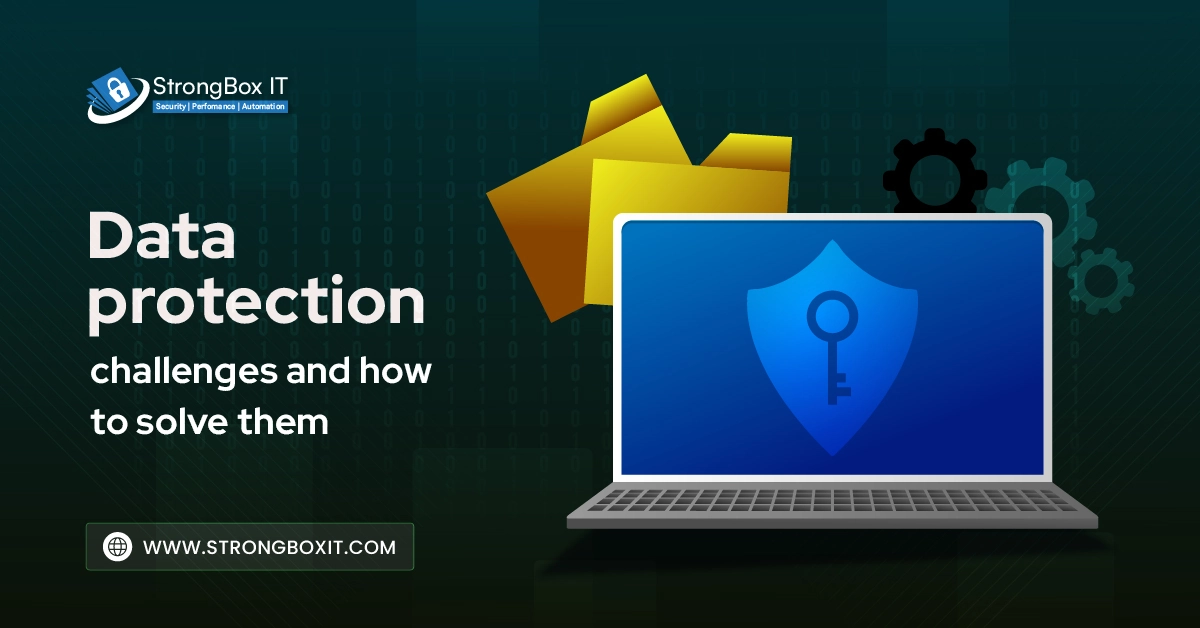
In an unprecedented breach that has sent shockwaves across the digital environment, more than 16 billion login credentials have been exposed in what experts are calling the largest and most dangerous password leak in internet history. This extensive breach, reported by CyberNews, Forbes, and WION, has exposed billions of individuals and organizations to the threat of identity theft, account takeovers, and widespread phishing attacks.
This isn’t just a typical data breach – it’s a blueprint for mass exploitation.
A breakdown of the Breach
According to Cybernews and other reputable sources, researchers uncovered 30 separate datasets, each containing tens of millions to over 3.5 billion stolen credentials, totalling over 16 billion compromised records. What’s even more alarming is that the data appears to be new, structured, and highly usable, not just a rehash of older breaches.
These credentials include combinations of usernames, pass, and URLs tied to major platforms such as:
- Apple
- GitHub
- Telegram
- Government portals and more
The organized structure of the leak is a hallmark of modern infostealer malware activity, designed to extract credentials silently from infected systems and dump them into the dark web economy.
How did this happen?
The breach was primarily caused by infostealer malware, a class of malicious software designed to extract sensitive information like login credentials from compromised devices. As per Forbes, the investigation that began earlier this year suggests multiple infostealers were responsible, including malware strains known for harvesting data and leaving behind minimal forensic traces. These information collected data from:
- Infected personal and enterprise devices
- Misconfigured databases
- Insecure browser credential managers
The stolen credentials were then sold on dark web marketplaces or openly posted in hacker forums, making them widely accessible.
Why is this breach a global emergency?
This breach is a serious threat, not only because of its size, but also due to its immediate usability. According to WION, the data dump includes working credentials that could lead to:
- Phishing attacks at unprecedented scale
- Identity theft and financial fraud
- Business Email Compromise (BEC)
- Takeover of social, financial, and government accounts
This breach effectively undermines digital trust and opens the doors to cyber warfare, ransomware infections, and corporate espionage – all for the price of a few dollars on the dark web.
What are global authorities saying?
Google has already advised its users to switch to secure passkeys to avoid reuse of compromised passwords.
The FBI has warned against clicking on suspicious SMS links and emphasized the use of MFA (Multi-Factor Authentication). Cybersecurity researchers across the world are calling it a code red situation, urging urgent action from individuals and organizations alike.
What can you do right now?
For individuals
For businesses & enterprises
StrongBox IT’s response & expertise
This leak is not just an event, it’s a warning sign of what 2025 might bring if cybersecurity hygiene is not prioritized. At StrongBox IT, we help organizations build robust defenses against evolving threats through:
We offer:
- Advanced VAPT services to test your apps, networks, and APIs against credential-based exploits
- Human-centric security training to reduce human error
- Post-breach remediation and access control audits
Conclusion: The Internet’s New Reality
The 16 billion password leak is a grim reminder: if your password is compromised, nearly everything is compromised. From personal bank accounts to enterprise-level cloud infrastructure, nothing is truly safe unless proactive security measures are in place.
It’s time to rethink your digital safety – not tomorrow, but today.
Partner with StrongBox IT to secure your systems, users, and future. Let’s build resilience against the breaches of tomorrow, today.






